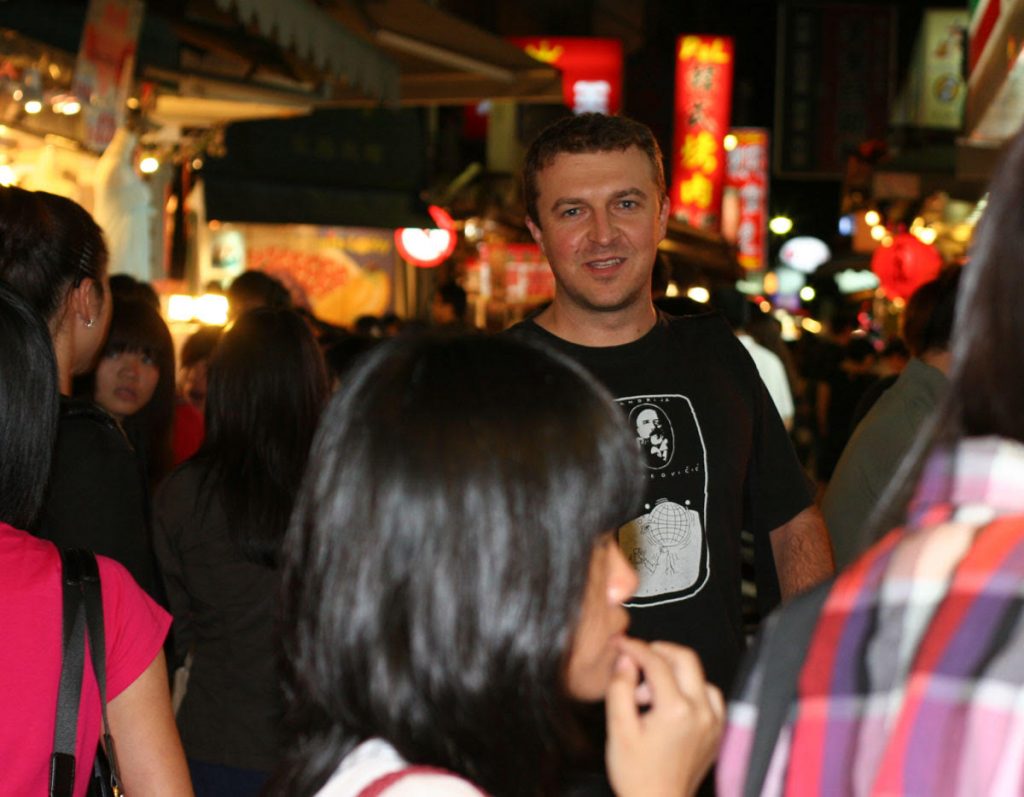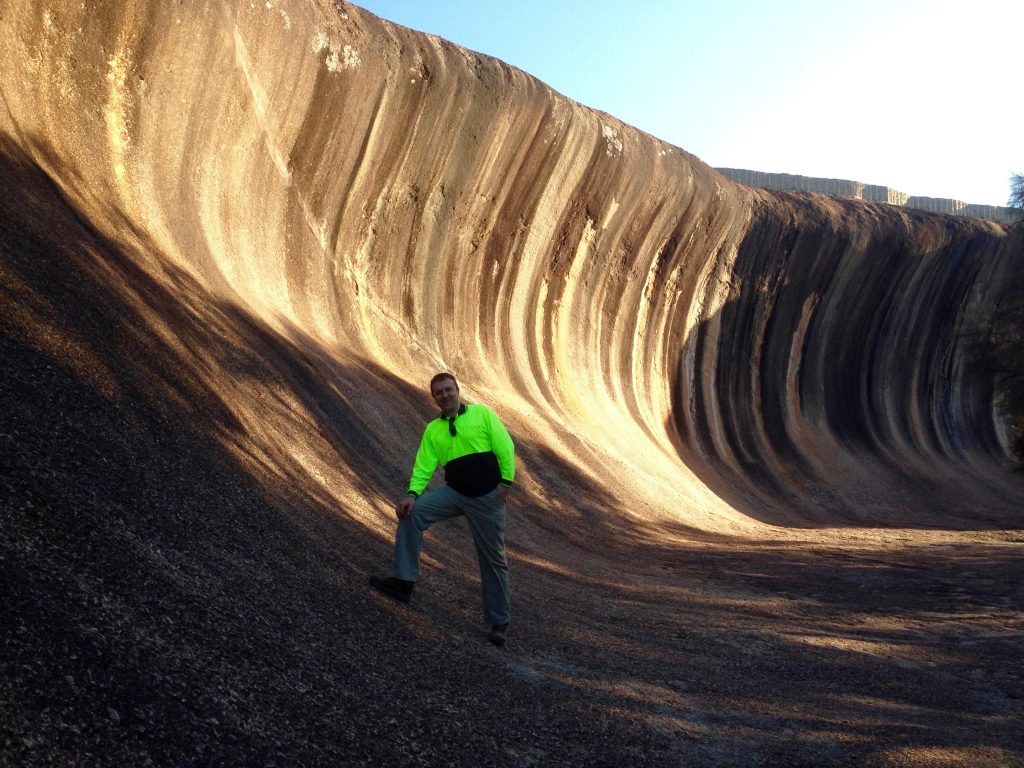15 April 2020–Exploring planets other than the Earth was Hrvoje Tkalčić’s first love, he says. “Ever since I can remember I wanted to become an astronaut.”
Tkalčić, now the head of seismology and mathematical geophysics at The Australian National University, was fascinated by the universe and adept in mathematics and computer sciences from an early age. He was halfway through his physics studies at the University of Zagreb when he realized that there was some intriguing exploration to be done closer to home.

“I realized that an understanding of other planets, and how they form and how they evolve is really predicated on the understanding of the Earth and how the Earth works, and how we actually approach studying the Earth’s interior,” he says.
The University of Zagreb was a good place to launch these inquiries: the university has one of the oldest geophysics departments in Europe founded by Andrija Mohorovičić, who discovered the boundary between the Earth’s crust and mantle that is now called the Mohorovičić or Moho discontinuity. After Zagreb, Tkalčić was accepted to a graduate program at the University of California, Berkeley to work with geophysicist Barbara Romanowicz.
“Just two weeks after my graduation in Croatia I was in Berkeley working on the Earth’s inner core,” he recalls. “That’s how my romance with global seismology and the inner core started.”
As Tkalčić describes in his 2017 book, The Earth’s Inner Core, the inner core is like a “planet within a planet.” The inner and outer core together make up only 15 percent of the Earth’s volume, but the inner’s core’s solidification out of the liquid outer core “is one of the key elements, or key ingredients, responsible for the generation of Earth’s magnetic field,” he explains, “without which the life of Earth’s surface would not exist.”
Seismologists use teleseismic waves generated by earthquakes that pass through the deep Earth to learn more about the structure and dynamics of the inner core, including lingering mysteries such as the mineralogical state of its iron and its temperature, which Tkalčić calls “some of the largest uncertainties, not just in geophysics but in science in general.”
Detecting and analyzing seismic signals that move through the inner core is especially difficult, given that the overlying crust, mantle and outer core “in a sense contaminate these seismic waves that propagate through the Earth’s inner core,” he says. (Check out Tkalčić’s webpage with several animations of seismic waves sampling the inner core.)
In 2018, Tkalčić and his colleagues found a wayto observe one important set of seismic waves in the inner core , shear waves called J waves. Shear waves can propagate only through solids, “so observing these shear waves would be very solid proof—without pun intended—for a solid inner core,” says Tkalčić.
His research team abandoned the conventional approach for hunting down these J waves–looking for the signal of the direct arrival of these waves on seismograms—and instead focused on looking at the “late part of these waveforms, the coda or ‘noise’ that occurs hours after a large earthquake happens,” Tkalčić explained. “This noise became our signal.”
Using a pioneering correlation-wavefield technique, they looked for similarities in this part of the waveform, using those data to measure the time of the propagation of the waves and shear wave speed through the inner core. Their results suggest that “the inner core is solid but actually less rigid than what was expected and what was hypothesized,” he says. “It behaves more like a water-saturated clay.”

About once a year, Tkalčić and his colleagues also venture far into the remote reaches of Australia to set up new seismic stations, in places “where people are driving to Christmas parties 600 kilometers away from home,” he says. He is also leading a project to place ocean bottom seismometers near Macquarie Island between New Zealand and Antarctica, although the voyage has been postponed by the coronavirus pandemic.
This project aims to advance understanding of the Macquarie Ridge Complex and elucidate the processes generating the world’s largest submarine earthquakes not associated with active subduction, which may lead to understanding of how subduction initiates, the physical mechanism of earthquakes occurring at convergent margins, and more accurate estimates of earthquake and tsunami potential, according to Tkalčić.
In his conversations with journalists and the public, Tkalčić says, he often “sends a message to young people to follow their dreams and become scientists. It’s a really great position to be in, to be able to be an ambassador for everything we are.”
“The only job I would change this for,” he jokes, “is an astronaut.”
SSA At Work is a monthly column that follows the careers of SSA members. For the full list of issues, head to our At Work page.
